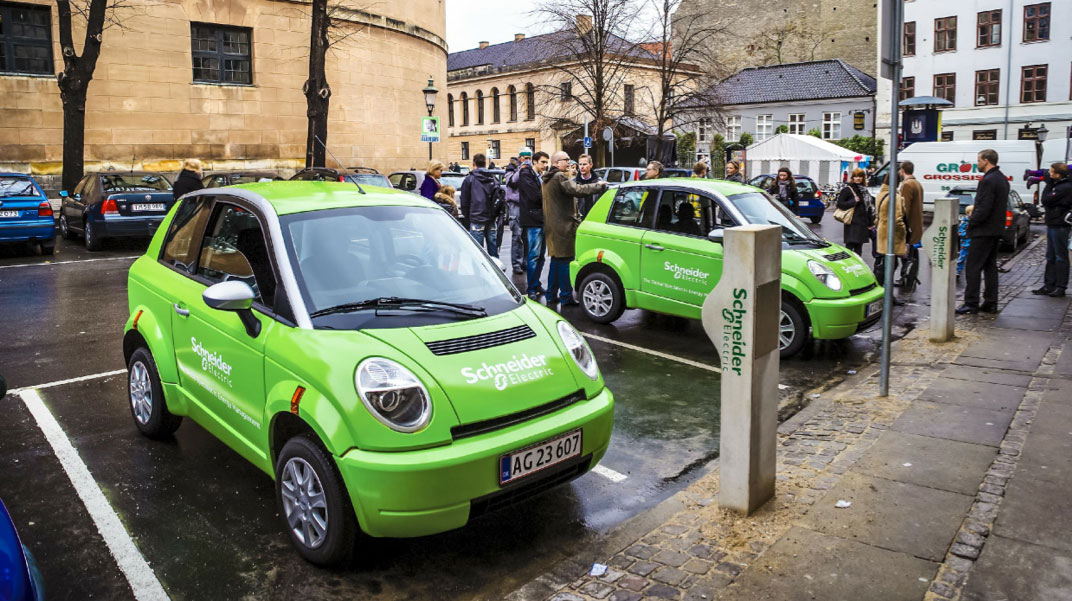
Greenfield Smart Cities Pioneer Best Practices in Integrated Citizen Services
octobre 1, 2018 — The Big Picture
When India created the new state of Chattisgarh in 2000, it needed a new capital city – with government authorities outlining the Naya Raipur Development Plan 2031 for the city to become one of the world’s most advanced and integrated greenfield smart cities and an economic powerhouse.
As part of India’s high-level government-led Smart Cities Mission to retrofit existing cities and develop new cities, Naya Raipur’s Command and Control Centre and digital core tie together more than 100,000 connected products across energy management systems, water networks, video surveillance, buildings management systems, and citizen engagement applications.
Why are greenfield smart cities so exciting? One of the biggest benefits is that they are not burdened with legacy systems and archaic policies; they have the luxury of starting with a clean slate.
However, this luxury of starting fresh can become a burden when trying to determine the ideal right-sized starting point.The initial investment should not go overboard, but be just enough to attract anchor businesses and residents, that triggers the growth and achieve critical mass. Cities should focus on their functioning economic theme, channel their investments towards the promotion of this theme and create a compelling reason to choose this new city over available existing options.
Digital Infrastructure Needs to Meet Citizen Use Cases
Digital is the trend nowadays, and cities are creating mobile applications for anything and everything. Cities are hungry to adopt technologies and are rapidly piloting innovative Artificial Intelligence and Blockchain projects, but this puts a potential risk on a full transformation.
While technology is important, cities that deploy technology for technology’s sake alone tend to overlook their core physical infrastructure and operational technology that needs to be well aligned with the city’s economic theme.
A tailor-made infrastructure would provide a compelling reason for industries to move into the new city in order to accelerate business growth and productivity. Nevertheless, some cities end up with a rushed and not-so-ideal infrastructure. Whatever the case is, the infrastructure can be enhanced with operational technologies that automate every building and utility function. The city will be easier, more functional and safer than its counterpart legacy city – a compelling motive for businesses to relocate and citizens to follow.
Smart Cities Future Proof with Open Digital Platforms
No one can accurately forecast the future and with ever changing demands a city needs to be dynamic. Achieving real-time monitoring gives the right insight into the vitals of a city – from flow of people and vehicles, to shifts in utility consumptions, safety status, and outages. The enablement of real time actionable insights allows the city to continuously learn, adapt, change and monitor again, to be able to fine tune and achieve the required metrics.
Cities should specify a real-time platform strategy that incorporates predictive models and knowledge management. The platform should also readily interface to other systems such as asset management and geographical information systems. Roaming operators should be able to access the systems from mobile devices.
Adopting open system platforms can facilitate integration with best-of-breed solutions, without too much effort. Open systems also facilitate the adoption of newer technologies later, from artificial intelligence to blockchain, which allow for a continuously evolving city that does not wither with time. Moreover, the open platform will allow the city to constantly monitor how well it’s doing against key performance indicators. Whenever goals are not met, the city could dynamically change and monitor the impact to see if it’s heading in the right direction.
It’s no longer an option for any city, let alone a greenfield city, to miss out on top-class digital city services across all sectors. Cities are locked into a global battle for top talent – with smart cities attracting and retaining top talent. This talent can then drive innovation, which is now so crucial to a city’s long-term performance.
With the global smart cities market set to top USD 2 trillion by 2025, smart cities of the near future are exciting prospects – mass transit based on autonomous vehicles and hyperloops, micro-smart grids that feed energy back to utilities, and building management systems that can optimize and predict a person’s needs. To get there, smart cities need to ensure that they have a technology foundation that integrates OT and IT to drive the biggest benefits.